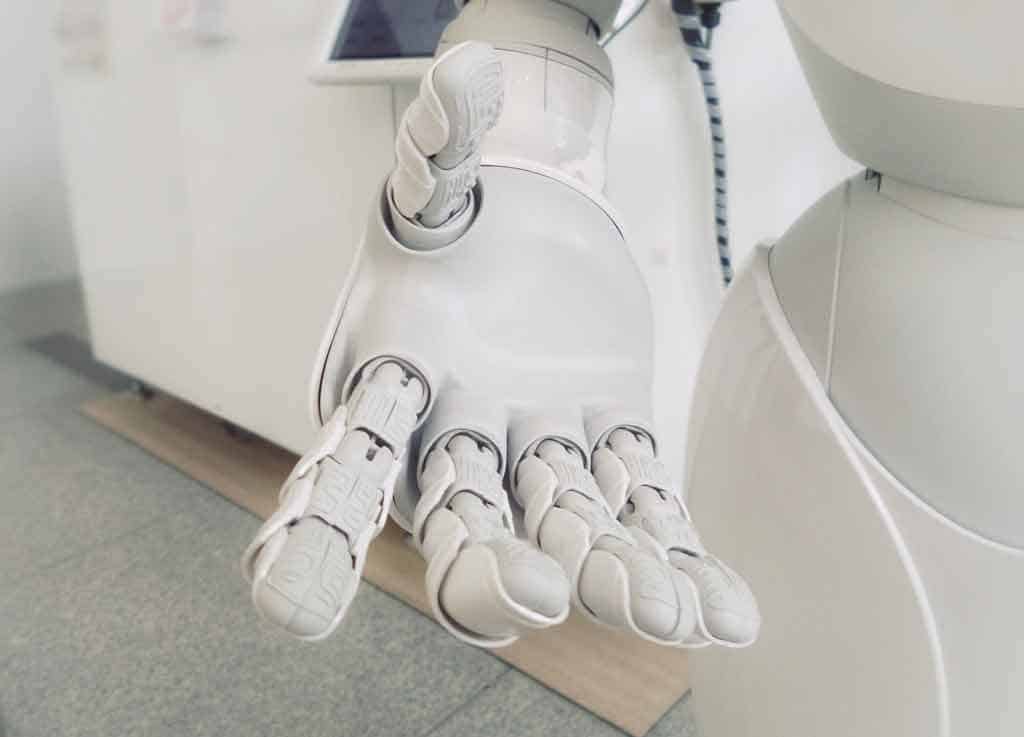Can AI transform business?
A desire to predict the future has been inherent within the human race from the very beginning. No matter what civilisation you research, sooner or later you will encounter the specific rituals and methods they used in order to try to predict the future.
For example, some used to read their data from the night sky, written in the form of star constellations and inside their toolboxes would be paper rolls containing scribbles of astrological signs and perhaps a telescope. These days, those who are predicting and shaping the future have different tools and skills. Their data is in a binary form stored in huge databases, their skills are scientifically-backed mathematical algorithms and their impact can be seen globally.
A few decades ago, terms like “neural networks” – a computer system which is modelled on the human brain and nervous sytem – could be heard only in specialised academic circles, but these days this is one of the most popular buzzwords in the modern IT industry. Due to technological advancement, the cost of hardware has significantly decreased and so storing and processing data is now affordable for the masses. Moreover, the ways in which this data can be mined, applied and utilised have evolved. As a result, organisations are finding new ways of overcoming problems and innovating on a practical level – thus transforming the business world in ways that people 10 years ago could only ever imagine.
Speeding up the process
During the past industrial revolutions, machines replaced humans for simple and repetitive tasks. In the age of artificial intelligence, this has evolved significantly with machines starting to replace humans for more complex tasks. You only have to look at the self check-in desks at the airport or an autonomous vehicle to see this. In fact, the automotive industry is one sector where the progress of artificial intelligence is startling and becoming more advanced on a daily basis. The reality is that, in just a few years, the profession of a driver will be a thing of the past. This shift from human-based to digitally-automated transportation will not only make getting around cheaper but also more optimsed and much faster.
Removing human bias
As people, we will always have our own subjective perspective and this is reflected in everything we do, including our work. Even if we are dealing with a topic which is neutral to us, our cognitive biases inevitably affect our decision-making abilities. If machine learning is implemented properly, it should not be biased in any way, therefore it has the potential to offer clarity and complete objectivity when it comes to a given problem. This would enable people in management positions to make more balanced, non-emotional business decisions. Taking a real-life example, if a company’s human resources department used artificial intelligence to evaluate potential candidates based purely on their skills, without the influence of human judgement, it would give the organisation more choice in terms of the talent available to them. Futhermore, the pool of individuals would consist of people who are more aligned with the organisation’s recruitment needs.
Seeing the unseen
Using data gathered through the measurement of human reaction times, Massachusetts Institute of Technology concluded that the human brain cannot process more than 60 bits per second. Sadly, this means that people simply do not have the ability to manually process even small datasets, never mind identifying and extracting complex patterns from data. In contrast, machine learning offers us the opportunity to process almost any quantity of data – the only variable is the cost and time associated with the process. Machine learning therefore has the potential to provide us with detailed and actionable insights, including those relating to business processes and customer behaviour patterns. This is information which can be used to gain a strategic advantage, proving that knowledge is indeed power.
However, the question remains: if organisations can benefit in these ways from machine learning, why are so many either not engaging with or giving up on the process? The short answer is that this is an area that requires a great deal of resources, as well as persistence, money and time. An organisation won’t see results overnight and there will be many failed attempts. Moreover, the application has to be correct, although this is something that is being addressed through adequate quality assurance procedures. All of this isn’t to say that it isn’t worth the effort or won’t become the norm in the future. After all, machine learning is already making an impact across a number of industries and in people’s everyday lives.
Klemen Kozelj is a software engineer for Comtrade Digital Services. He works in the company’s mobility and travel department, and is involved in a number of fascinating projects including one which applies machine learning to a bicycle-sharing system.

